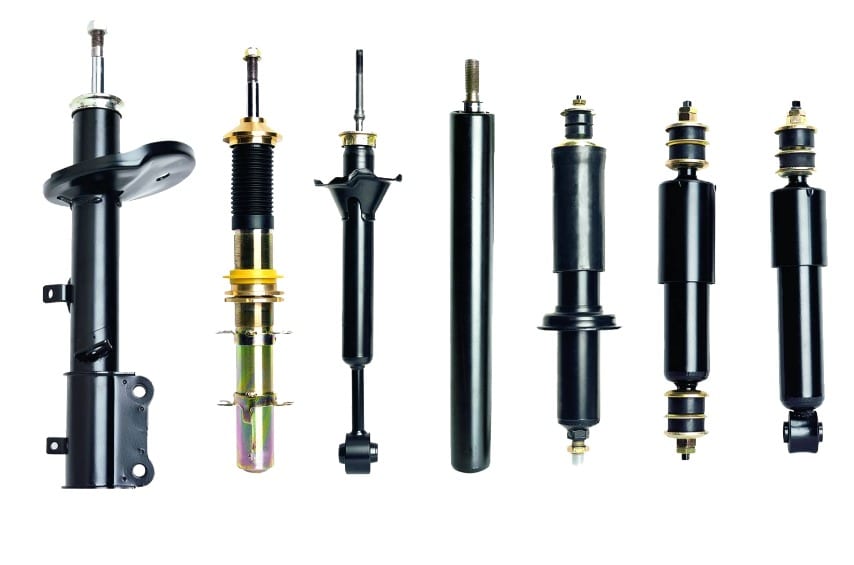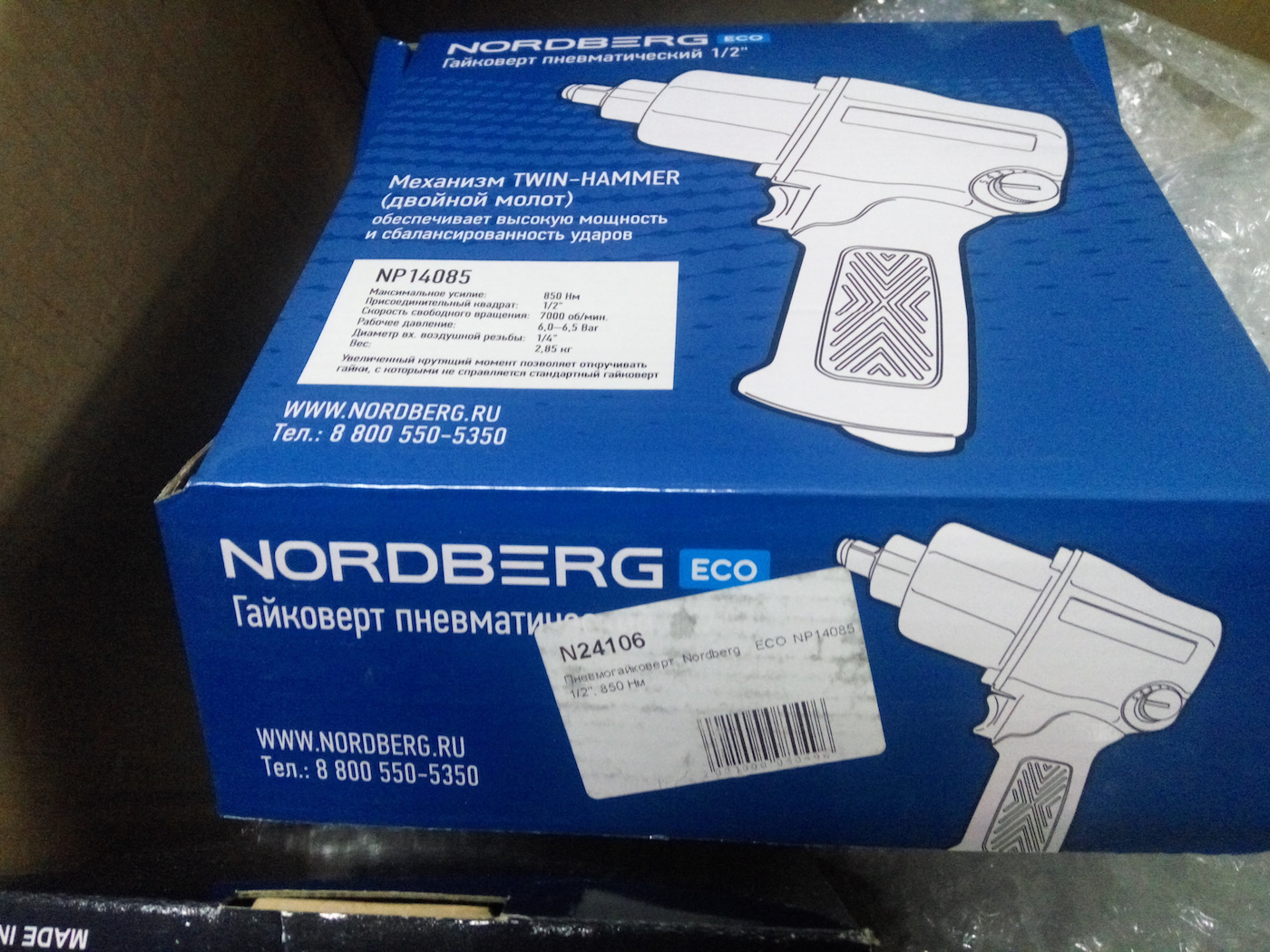
Применение аварийной сигнализации и знака аварийной остановки
изменения от 8 апреля 2020
7.1.
Аварийная сигнализация должна быть включена:
при дорожно-транспортном происшествии;
при вынужденной остановке в местах, где остановка запрещена;
при ослеплении водителя светом фар;
при буксировке (на буксируемом механическом транспортном средстве);
при посадке детей в транспортное средство, имеющее опознавательные знаки «Перевозка детей» **, и высадке из него.
Водитель должен включать аварийную сигнализацию и в других случаях для предупреждения участников движения об опасности, которую может создать транспортное средство.
** Здесь и далее опознавательные знаки указаны в соответствии с Основными положениями.
7.2.
При остановке транспортного средства и включении аварийной сигнализации, а также при ее неисправности или отсутствии знак аварийной остановки должен быть незамедлительно выставлен:
при дорожно-транспортном происшествии;
при вынужденной остановке в местах, где она запрещена, и там, где с учетом условий видимости транспортное средство не может быть своевременно замечено другими водителями.
Этот знак устанавливается на расстоянии, обеспечивающем в конкретной обстановке своевременное предупреждение других водителей об опасности. Однако это расстояние должно быть не менее 15 м от транспортного средства в населенных пунктах и 30 м — вне населенных пунктов.
7.3.
При отсутствии или неисправности аварийной сигнализации на буксируемом механическом транспортном средстве на его задней части должен быть закреплен знак аварийной остановки.

